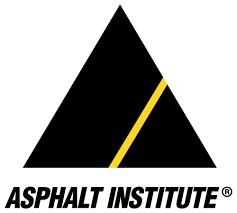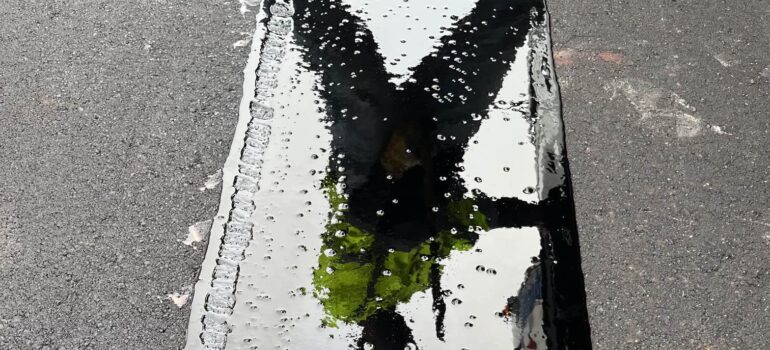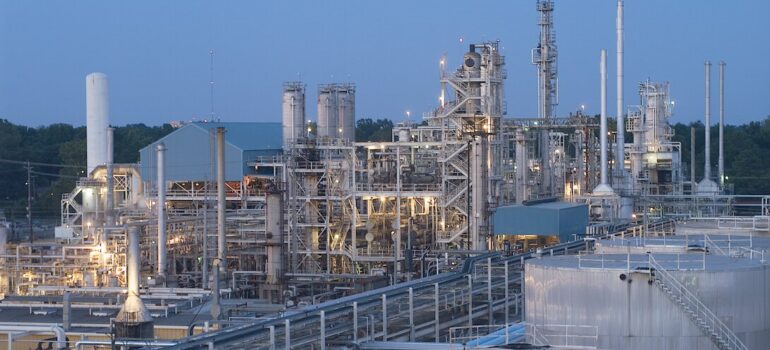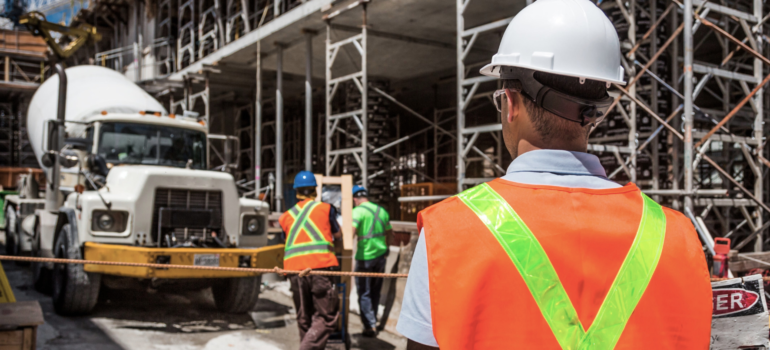Stay Safe this School Year with these Bus Safety Tips

Students across the country are heading back to school now, which often brings changes in traffic patterns and additional considerations on the road. Millions of students nationwide begin and end their day with a trip on a school bus. According to the National Highway Traffic Safety Administration (NHTSA), less than 1 percent of all traffic fatalities involve children on school transportation vehicles. Buses are designed with special safety features like large mirrors and flashing lights to keep students safe, but students can still be at risk when approaching or leaving a school bus. It is incredibly important for drivers, parents, and students to understand bus safety to keep everyone safe.















Recent Comments